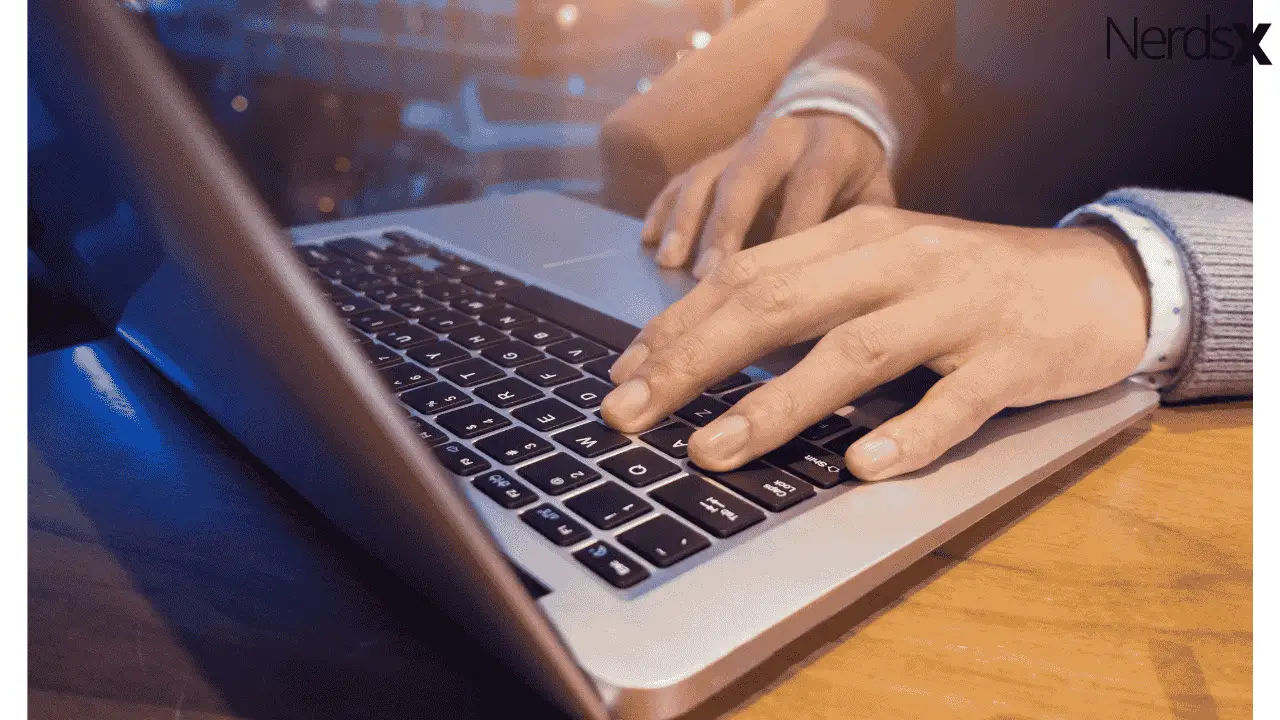Computers are becoming an everyday necessity. Computers have built an effective information system to help with administration in any organization. That makes it an indispensable instrument for business, finance, government, entertainment, everyday life, industry, education, and administration. In this article, we will explore the functions of the computer system.
Definition Of Computer System
A computer system is essentially a collection of hardware and software devices that assist the computer in acquiring data or information by connecting.” It is a collection of interconnected devices that accept data (input), process it, and then provide a result (output).
A computer system is a basic, comprehensive, and functional hardware and software arrangement that includes everything necessary to accomplish computing tasks.
Although that description appears to be a little vague at first glance, a computer system must provide some fundamental computing features.
The ability to receive user input is the first. Then there’s the data processing capability. There’s also the option to generate data for storage and output.
Functions Of A Computer System
The four major roles of a computer system are taking input and instructions from a user, processing the data according to the instructions, and displaying or storing the produced data. These functions are the input, process, output, and storage functions.
1. Data Input
Input devices such as the keyboard and mouse provide or give the computer system data or sets of information.
The system delivers data in raw form, then it is handled or processed, and we obtain the data in encoded form with the help of output devices. The input devices accept data from the outside world and are responsible for conveying, processing, and sharing the given instructions and data.
The input devices are electromagnetic devices that accept information and data from the outside environment and translate or transform it into a human-readable format.
Another role of input devices is linking the outside world and our computer. We feed data from the outside world into the computer system via input devices.
When input devices collect data or information, it gets transferred to the control unit for additional processing. Then this information or data is forwarded to output devices for display on a screen, also known as a VDU (Visual Display Unit).
They receive unreadable data, and the computer system translates it into an intelligent form that makes sense to humans, which is the computer’s most significant and major role.
The main examples of input devices are the keyboard, mouse, etc.
Mouse: The computer mouse, often known as a “pointing device,” is one of the most commonly used input devices for computers.
The mouse serves as a link between the user and the computer. They are more commonly used than keyboards because they can accurately aim at the screen.
A graphical interface may also click, double-click, drag, and select files or folders; hence the mouse is frequently employed in GUI [Graphical User Interface].
Keyboard: We use the computer keyboard to enter data or information into the computer, and it is also the most commonly utilized input device.
2. Data Processing
A computer’s primary purpose is data processing. Processing entails manipulating raw data before transforming it into usable information. Data is usually in raw form, and the system must process it before being disseminated for user consumption.
The microprocessor is the computer’s ‘brain,’ where data processing occurs. It’s also called the central processing unit (CPU) or the accelerated processing unit (APU).
Modern personal computing devices’ processor chips continue to improve and exceed their predecessors.
Combining a microprocessor and a graphics processing unit (GPU) into what is now known as an accelerated processing unit is one such progression. The merger enables the processor to integrate sophisticated graphics processing capabilities with its traditional arithmetic and logical processes.
There are three basic components of a computer’s CPU.
1. Memory Unit: The data is temporarily stored in the memory unit of the computer CPU as soon as the user receives it. Then the memory unit transfers the data to the arithmetic and logic unit.
2. Arithmetic & Logic Unit: The Arithmetic & Logic unit checks whether the data is arithmetic or logical once it receives it from the memory unit. Arithmetic data is data that has to do with math or calculations.
The instructions given by the user that contain logic, such as the instruction to start a software application, are referred to as logical data.
When the Arithmetic & logic unit determines what type of instruction the user has sent, it begins executing that instruction.
Logical data refers to user-provided instructions that incorporate logic, such as the command to play a movie or the command to start or end a software application.

3. Output Functions Of Computer
When a central processor unit accomplishes its duty, it sends data, instructions, and information to output devices such as printers, computers monitors, tablets, LCDs, or speakers.
The output can also be saved or held on recording media such as DVDs or hard drives for later use. The outputs are in the form of electrical pulses.
A computer’s output devices are electromagnetic devices that can turn digital signals into logical signals, receive data in binary form, consisting of 0s and 1s, and convert it to a human-readable format.
.There is two main forms of output:
1. Softcopy: Softcopy is a type of output that consists of text, pictures, and graphics that may be shared or disseminated through email or other means.
2. Hardcopy: Hardcopies are printed on paper, textiles, or other materials to feel and touch the intended result.
The output devices serve as a link between the outside world and the computer system. They convert data or information into a readable format for humans.
4. Data And Information Storage
The computer system’s fourth function is to store the results of the user’s input. The computer’s storing function is responsible for storing the user’s output.
Memory is the most important computer system since it can accomplish simple tasks. There are two types of computer memory: primary memory (RAM and ROM) and secondary memory (hard drive, CD, etc.). Read-Only Memory (ROM) is primary-non-volatile memory, whereas Random Access Memory (RAM) is primary-volatile memory.
Types Of Computer Memory
In general, you may split memory into primary and secondary memory; however, there are different varieties of memory even when considering primary memory. The following are examples of primary memory:
1. Cache Memory: The CPU may access this temporary storage space, known as a cache, more quickly than the computer’s primary memory source. Because it is often built directly into the CPU chip or placed on a separate chip with a bus interface with the CPU, it is also known as CPU memory.
2. Random Access Memory: The name RAM attributes to the idea that the CPU may access any storage location immediately.
3. DRAM (Dynamic Random Access Memory): This semiconductor memory stores data or program code that allows a computer processor to run.
4. Static RAM: SRAM can store data bits in its memory for as long as it is powered, unlike Dynamic Random Access Memory, which stores bits in cells made up of a capacitor, and a transistor.
5. SDRAM with a double data rate. IN THEORY, DDR SRAM is a kind of SDRAM that can boost memory clock speeds to 200 MHz.
6. Double Data Rate 4 Synchronous Dynamic RAM: This is a synchronized type of RAM, and dynamic. DDR4 RAM is a form of DRAM with a high-bandwidth interface that succeeds DDR2 and DDR3 RAM. DDR4 RAM has a lower voltage need and a higher module density than DDR3 RAM. It has faster data transfer rates and supports up to 64 GB of dual in-line memory modules (DIMMs).
7. Read-Only Memory– ROM is a form of computer storage that contains non-volatile permanent data. The system stores the programming that allows a computer to start up each time it turns on in the ROM.
8. Programmable ROM- PROM is a type of ROM that a user may change just once. It allows users to customize a microcode program using a PROM programmer.
9. Erasable PROM– EPROM stands for programmable read-only memory, which may be deleted and reused. The system can erase the memory chip by beaming a strong UV light through a window built into it.
10. Virtual Memory: Virtual Memory is a management system that allows the computer to utilize secondary memory the same way as main memory. Virtual memory enables a PC to compensate for physical memory shortages by temporarily moving data from RAM to disk storage using hardware and software.
Internally and externally, a computer may store data. Internal storage devices such as the hard disk drive (HDD) or solid-state disk drive (SSD) safeguard and store all data and information on a computer. The RAID system is in larger systems. Many disk drives run simultaneously to maintain data and information integrity.
External storage is provided through peripherals that connect to the computer from the outside. External drives and optical disks are among them.
Even better, data and information may be saved online for a price via cloud solutions at a cost if a lot of space is necessary.
Storage integrity is a critical step in deciding a computer system’s value. What good is a computer if it lacks data and information?

